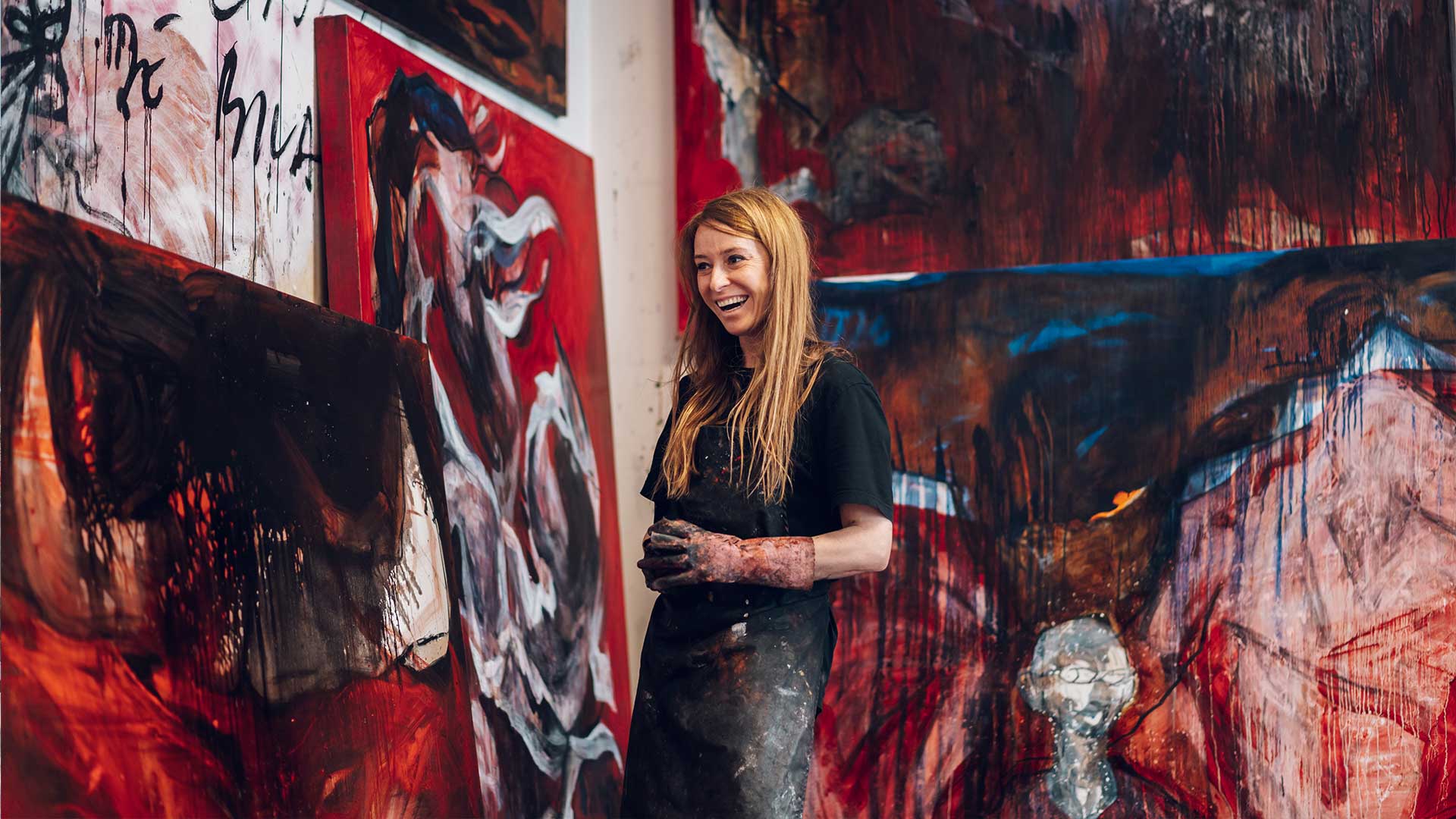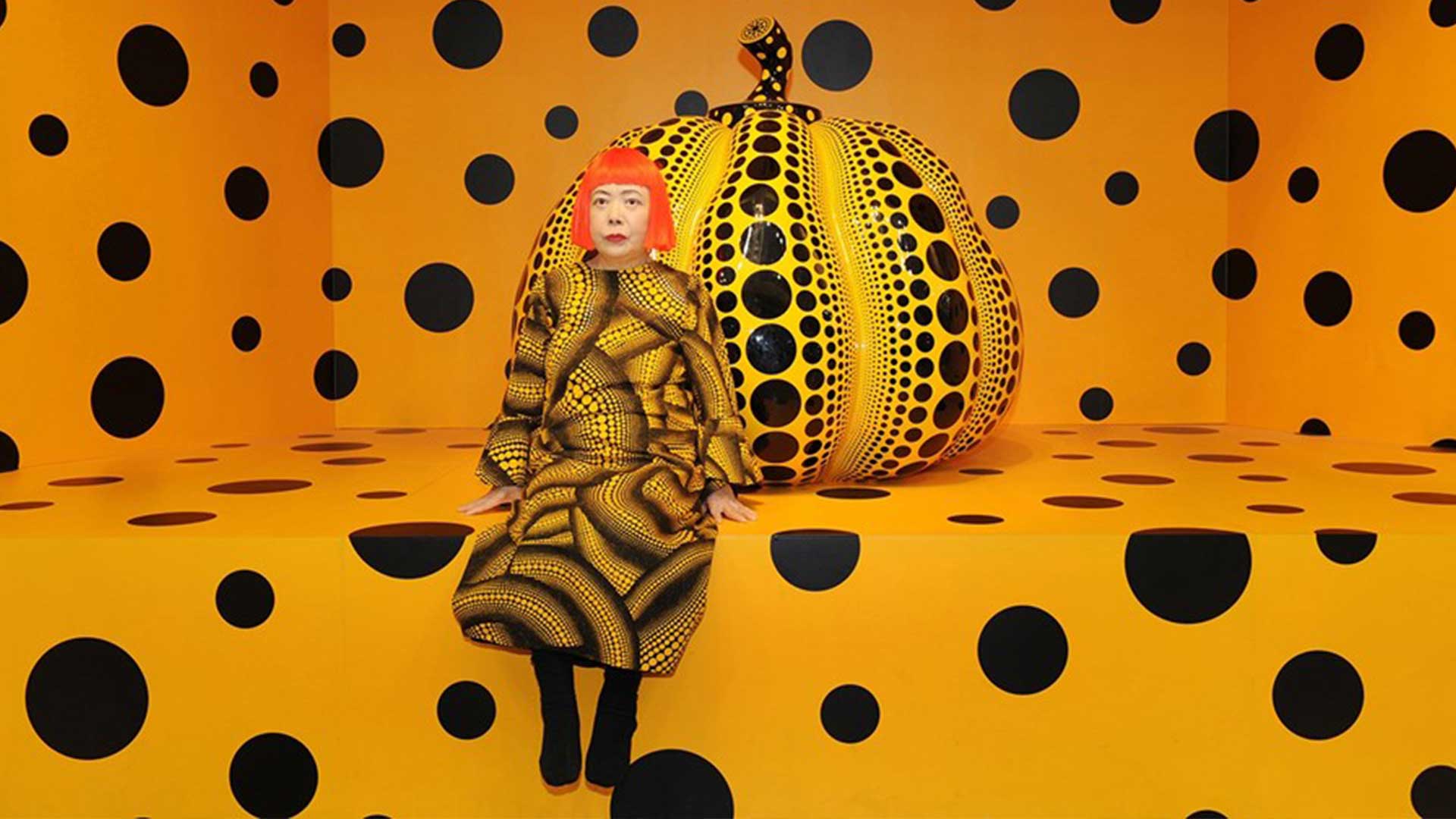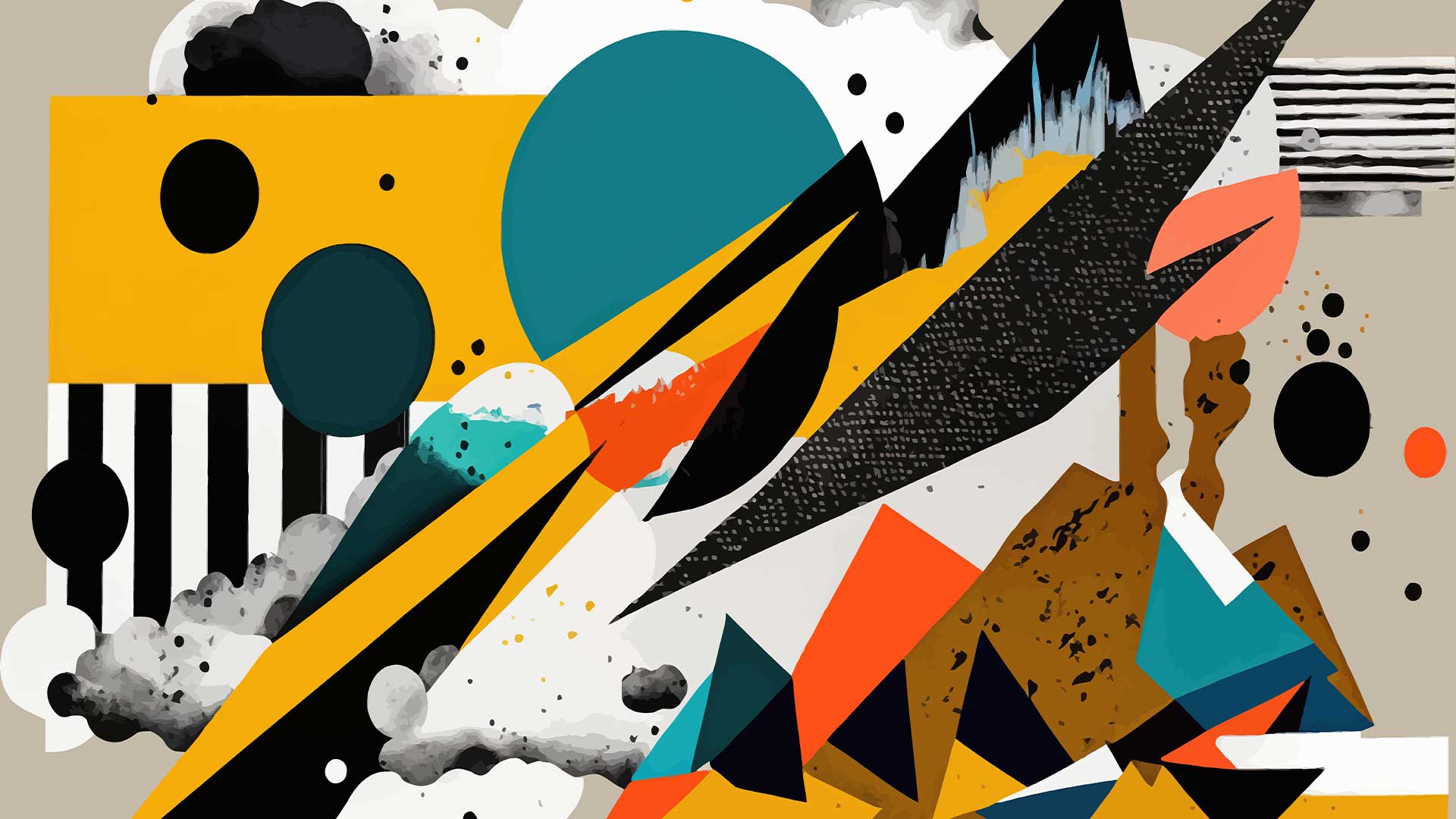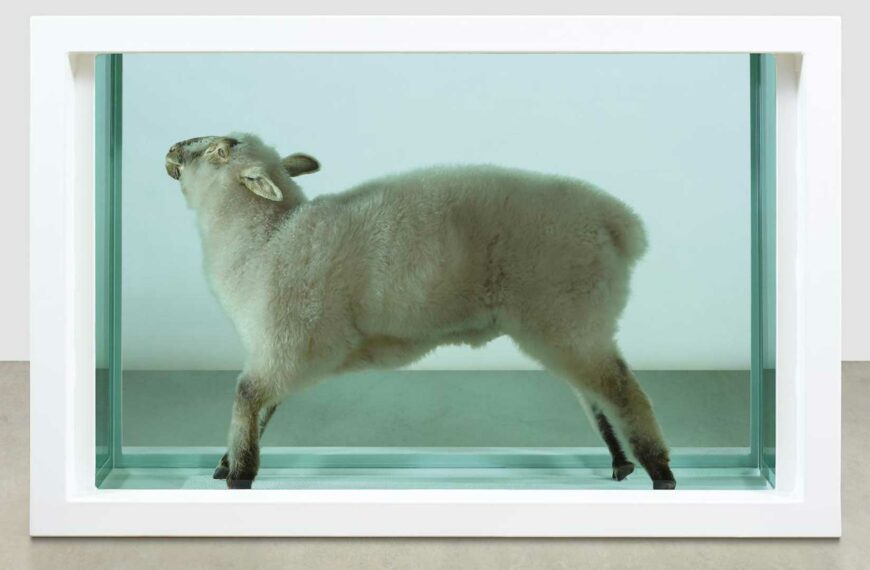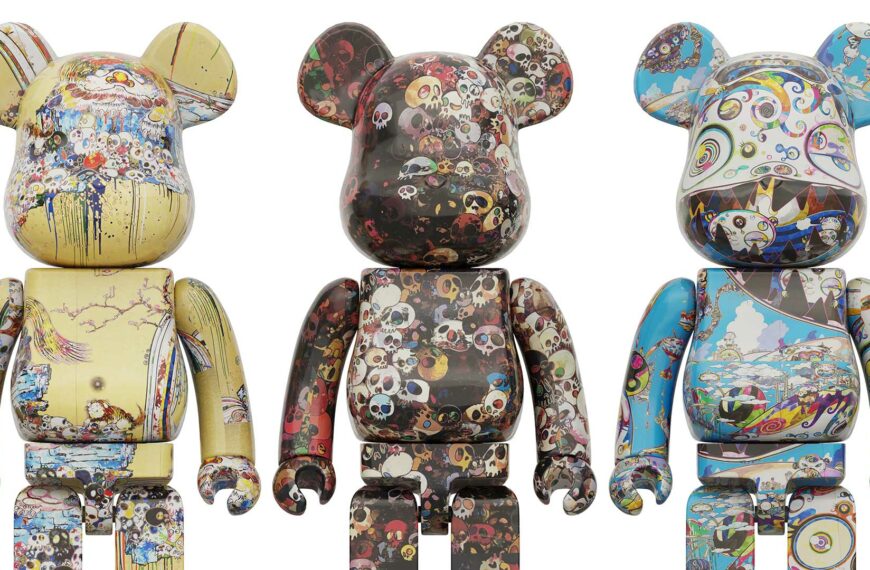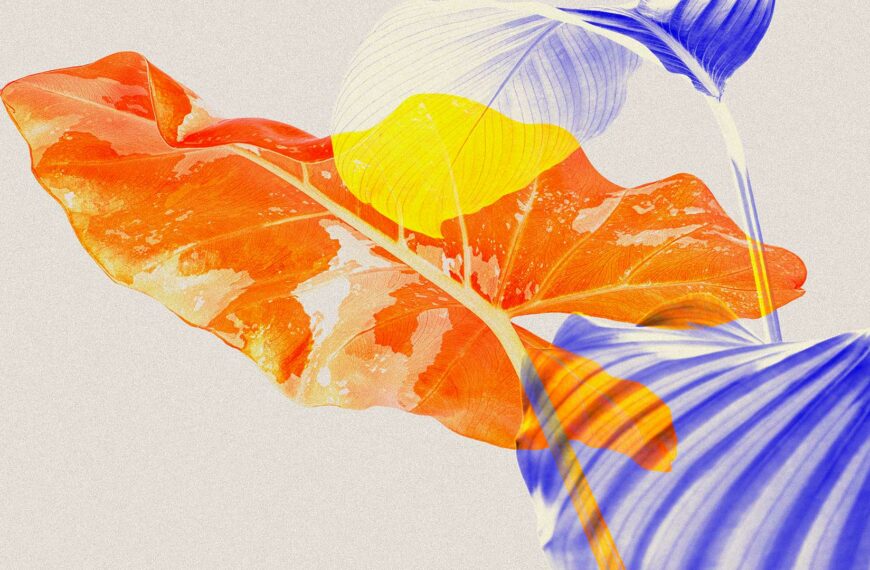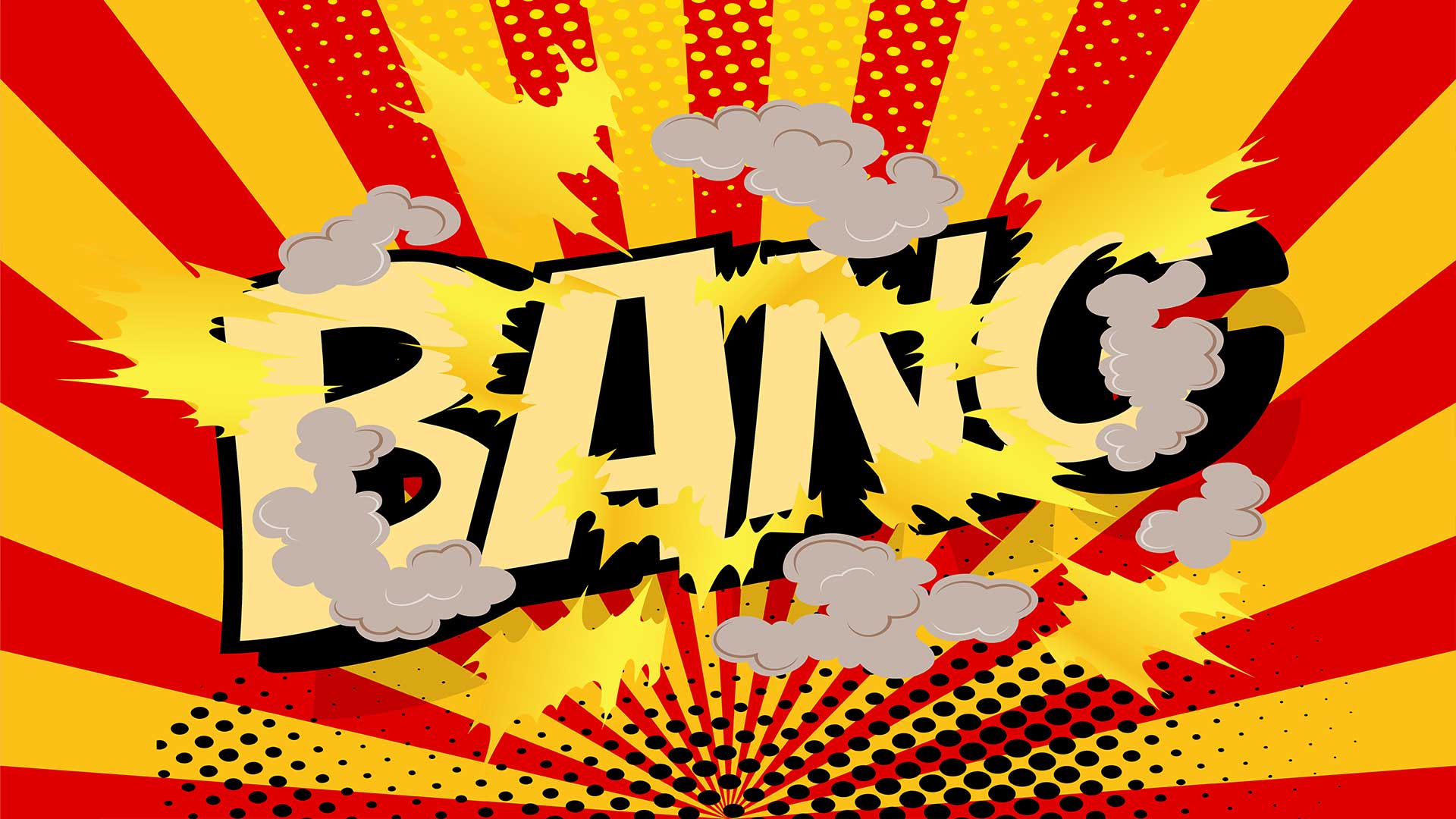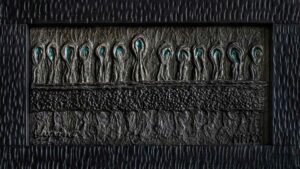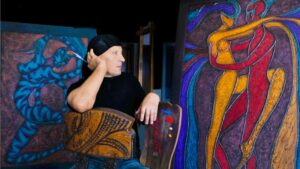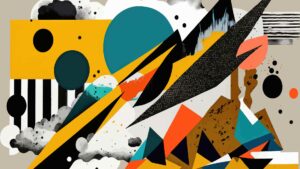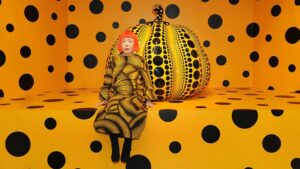What readers will learn by reading this article:
- The characteristics and significance of the modern art movement.
- Background information, artistic styles, and contributions of the top ten modern artists.
- The impact of these artists on the art world and their representation of various themes and experiences.
Modern art is a captivating and revolutionary movement that emerged in the late 19th century and continued to flourish throughout the 20th century. This artistic movement brought about a radical shift in the way art was perceived and created, challenging traditional notions and pushing the boundaries of artistic expression. Artists during this period sought to break free from the constraints of academic art and explore new forms, styles, and subject matters.
The significance of modern art lies in its ability to reflect the changing world and capture the spirit of the times. It was a response to the rapid industrialization, urbanization, and social changes that characterized the modern era. Artists began to experiment with new materials, techniques, and styles, reflecting the dynamism and complexity of modern life.
Pablo Picasso
Pablo Picasso is undoubtedly one of the most influential and renowned artists of the modern art movement. Born in 1881 in Spain, Picasso demonstrated exceptional artistic talent from a young age. He went on to become a leading figure in the development of various artistic styles and movements, including Cubism, Surrealism, and Symbolism.
Picasso’s artistic journey was marked by constant innovation and experimentation. He constantly pushed the boundaries of art, challenging traditional notions of form and perspective. One of his most significant contributions to modern art was the development of Cubism, a revolutionary style that fragmented objects and depicted them from multiple viewpoints simultaneously.
During his career, Picasso produced an incredible body of work, ranging from paintings and sculptures to ceramics and collages. His works, such as “Les Demoiselles d’Avignon” and “Guernica,” are considered iconic masterpieces that have had a profound impact on the art world.
Jackson Pollock
Jackson Pollock was an American artist who played a pivotal role in the development of abstract expressionism, a significant movement within modern art. Born in 1912, Pollock had a troubled personal life, but his artistic talent shone through his unique style of drip painting.
Pollock’s artistic influences included Mexican muralists, Native American art, and European modernism. His revolutionary technique involved pouring or dripping paint onto a canvas laid on the floor, allowing him to create dynamic and energetic compositions. This approach emphasized the physicality and spontaneity of the artistic process.
Pollock’s works, such as “No. 5, 1948” and “Autumn Rhythm,” are characterized by their abstract and non-representational nature. His paintings evoke a sense of movement, emotion, and energy, inviting viewers to interpret and engage with the artwork on a visceral level. Pollock’s contributions to modern art challenged traditional notions of representation and paved the way for future generations of abstract artists.
Frida Kahlo
Frida Kahlo, a Mexican artist, is celebrated for her deeply personal and introspective works. Born in 1907, Kahlo’s life was marked by physical and emotional pain, which she expressed through her art. Her paintings often featured self-portraits that explored themes of identity, gender, and Mexican culture.
Kahlo’s works were characterized by rich symbolism and vibrant colors. She employed surrealistic elements to convey her inner thoughts and emotions. Many of her paintings depicted her physical and psychological struggles, as well as her Mexican heritage.
Kahlo’s contribution to modern art lies in her representation of the female experience and her ability to convey raw emotion through her artworks. Her self-portraits, such as “The Two Fridas” and “Self-Portrait with Thorn Necklace and Hummingbird,” are celebrated for their honesty, vulnerability, and powerful depiction of the human condition.
Case Study: Exploring the Symbolism of Frida Kahlo’s Art
Frida Kahlo, born in 1907 in Mexico, was a renowned artist known for her unique style and powerful self-portraits. Her paintings often depicted her physical and emotional pain, as well as her experiences as a woman in a male-dominated society.
One of Kahlo’s notable works is “The Two Fridas,” painted in 1939. This painting portrays two versions of Kahlo, representing her dual identity and her struggle with her own sense of self. One Frida wears a traditional Tehuana dress, representing her Mexican heritage, while the other Frida wears a white Victorian gown, symbolizing her European roots. The two Fridas are connected by a vein, which suggests the emotional and physical connection between her two identities.
This painting is a powerful representation of Kahlo’s personal journey and the internal conflicts she faced. It explores themes of identity, heritage, and the complexities of being a woman in a society that often marginalized and objectified women.
“The Two Fridas” is just one example of Kahlo’s ability to convey deep emotions and complex narratives through her art. Her works continue to resonate with audiences today, inspiring conversations about gender, identity, and the human experience.
By studying Kahlo’s art, we gain a deeper understanding of the challenges she faced and the resilience she demonstrated in her artistic expression. Her ability to transform her pain into powerful works of art is a testament to the transformative power of creativity and the enduring impact of Kahlo’s contributions to modern art.
Andy Warhol
Andy Warhol, an American artist and leading figure of the pop art movement, made a significant impact on modern art and popular culture. Born in 1928, Warhol was known for his unique approach to art, which merged elements of consumerism, mass production, and celebrity culture.
Warhol’s rise to fame came in the 1960s, when he began creating artworks based on images from popular culture, such as Campbell’s Soup cans and Marilyn Monroe. His works blurred the lines between high art and mass culture, challenging traditional notions of artistic value.
One of Warhol’s notable contributions to modern art was his use of various mediums, including painting, printmaking, sculpture, and film. His studio, “The Factory,” became a hub of creativity and experimentation, attracting artists, musicians, and celebrities.
Warhol’s influence on modern art and popular culture cannot be overstated. His works, such as “Eight Elvises” and “Mao,” continue to captivate audiences with their boldness, irony, and commentary on consumerism and fame.
Yayoi Kusama
Yayoi Kusama, a Japanese contemporary artist, is renowned for her mesmerizing and immersive artworks. Born in 1929, Kusama’s artistic practice spans various mediums, including painting, sculpture, installation, and performance art.
Kusama’s works are characterized by their repetitive patterns, vibrant colors, and exploration of themes such as infinity, identity, and mental health. She often employs polka dots and mirrors in her installations to create a sense of boundlessness and a reflection of the self.
Kusama’s artistic journey has been deeply influenced by her personal experiences, including her struggles with mental health. Through her art, she invites viewers to contemplate the infinite possibilities of existence and the interconnectedness of all things.
Her iconic installations, such as “Infinity Mirrored Room” and “Pumpkin,” have gained international acclaim and have become highly sought-after experiences. Kusama’s unique artistic style and her ability to create immersive environments have made her a pioneering force in contemporary art.
Jean-Michel Basquiat
Jean-Michel Basquiat was an American artist who rose to prominence in the 1980s as a prominent figure in the New York City art scene. Basquiat began his artistic career as a graffiti artist under the pseudonym SAMO. His unique fusion of graffiti, street art, and fine art propelled him to become one of the most influential artists of his generation.
Basquiat’s works were characterized by their vibrant colors, bold brushwork, and incorporation of symbols and text. He often explored themes of racism, identity, and social commentary in his paintings. Basquiat’s art served as a platform for his activism, shedding light on the experiences of Black individuals and critiquing societal norms.
Tragically, Basquiat’s life was cut short at the age of 27, but his impact on the contemporary art scene continues to resonate. His works, such as “Untitled” and “Irony of a Negro Policeman,” challenge conventional artistic norms and invite viewers to engage with important social issues.
Georgia O’Keeffe
Georgia O’Keeffe, an American artist, is celebrated for her distinctive style and portrayal of the American Southwest. Born in 1887, O’Keeffe developed a unique artistic voice that captured the essence of the landscapes and natural forms around her.
O’Keeffe’s works often featured large-scale, close-up depictions of flowers, bones, and landscapes. Her use of bold and vibrant colors, along with her attention to detail, created powerful and evocative compositions. O’Keeffe’s paintings were characterized by a sense of abstraction and an exploration of form and color.
Her contributions to modern art lie in her ability to capture the essence of the American landscape and present it in a new and captivating way. O’Keeffe’s works, such as “Black Iris” and “Cow’s Skull: Red, White, and Blue,” continue to inspire and resonate with audiences, showcasing the beauty and power of the natural world.
Louise Bourgeois
Louise Bourgeois was a French-American artist known for her exploration of themes such as sexuality, trauma, and the human body. Born in 1911, Bourgeois’ artistic style was deeply influenced by her personal experiences and the psychoanalytic theories of Sigmund Freud.
Bourgeois employed sculpture, installation, and various other mediums to convey emotional depth and complexity. Her works often featured organic forms and abstract representations of the human body. Through her art, Bourgeois explored the complexities of human relationships, vulnerability, and the female experience.
Her sculptures, such as “Maman” and “The Destruction of the Father,” have become iconic symbols of her artistic vision. Bourgeois’ contributions to modern art lie in her ability to evoke deep emotions and challenge societal norms through her thought-provoking and often unsettling artworks.
Ai Weiwei
Ai Weiwei, a Chinese contemporary artist and activist, has made significant contributions to modern art through his use of diverse mediums and his focus on social and political issues. Born in 1957, Ai Weiwei’s art is deeply rooted in his experiences as an outspoken critic of the Chinese government and human rights advocate.
Ai Weiwei’s works encompass a wide range of mediums, including sculpture, installation, photography, and social media. He often incorporates found objects and materials with historical and cultural significance, challenging viewers to question established norms and authority.
His activism and fight for freedom of expression have had a profound impact on both the art world and society at large. Ai Weiwei’s works, such as “
| Artist | Nationality | Artistic Style | Notable Works |
|---|---|---|---|
| Pablo Picasso | Spanish | Cubism, Surrealism, Symbolism | Les Demoiselles d’Avignon, Guernica |
| Jackson Pollock | American | Abstract Expressionism | No. 5, 1948, Autumn Rhythm |
| Frida Kahlo | Mexican | Surrealism | The Two Fridas, Self-Portrait with Thorn Necklace and Hummingbird |
| Andy Warhol | American | Pop Art | Campbell’s Soup cans, Marilyn Monroe |
| Yayoi Kusama | Japanese | Contemporary Art | Infinity Mirror Room, Pumpkin |
| Jean-Michel Basquiat | American | Neo-Expressionism | Untitled, Irony of a Negro Policeman |
| Georgia O’Keeffe | American | Modernism | Black Iris, Cow’s Skull: Red, White, and Blue |
| Louise Bourgeois | French-American | Sculpture, Installation | Maman, The Destruction of the Father |
| Ai Weiwei | Chinese | Conceptual Art | Sunflower Seeds, Ai Weiwei’s Blog |
| Yoko Ono | Japanese | Conceptual Art, Performance | Cut Piece, Imagine Peace Tower |
| Cindy Sherman | American | Photography | Untitled Film Stills, Centerfolds |
| Banksy | British | Street Art, Graffiti | Balloon Girl, Love is in the Bin |
| Marina Abramović | Serbian | Performance Art | The Artist is Present, Rhythm 0 |
Questions & Answers
Who are the top ten modern artists?
A: The top ten modern artists include Picasso, Warhol, and Hockney.
What makes these artists modern?
A: These artists are considered modern due to their innovative techniques and themes.
How can I appreciate modern art?
A: Take your time, research the artist’s background, and attend art exhibitions.
What if I don’t understand modern art?
A: Start by exploring different art movements and reading about artist intentions.
Who decides which artists are in the top ten?
A: Art experts, critics, and institutions contribute to determining the top ten list.
What if my favorite artist isn’t on the top ten list?
A: The top ten list is subjective, and personal preferences vary. Enjoy your favorite artist regardless.

